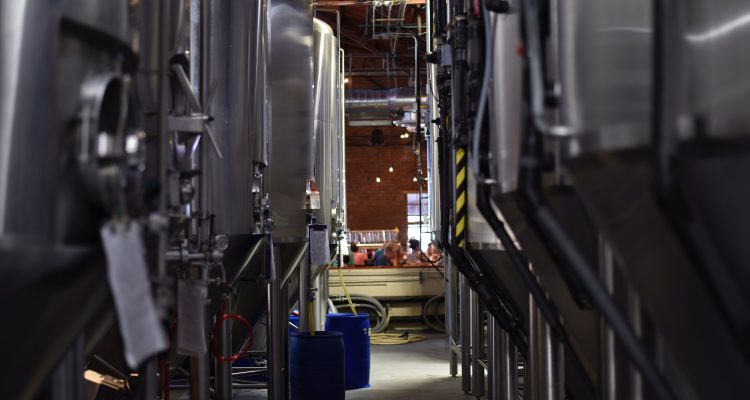Production and disposal of carbon fiber are energy intensive and environmentally challenging. As recent news has shown, sustainability is becoming increasingly important as a tenet of business. Apply Carbon believes in eco-conscious production of high-performance products and is taking this dedication to sustainability to new levels with a fully automated mass production recycled carbon fiber plant. The company sees this investment as the development of a new benchmark for the carbon fiber industry.
Apply Carbon’s new factory will produce nearly 4,000 metric tons of recycled carbon fiber annually for industries ranging from electronics to automotive components to hydrogen fuel cells. The company also features a dedicated production area for recycled para-aramid fibers, producing more than 700 metric tons annually, much of which is used in dust-free brake pads.
More than half of the factory’s energy demands are met by the installation of 1 MW of solar power capacity. Additionally, new-generation heat pumps power drying ovens and a SCADA system minimizes energy use throughout the facility.
Hervé Cayuela, CEO of Apply Carbon, said of the plant, “Virtually all production processes – from the milling of raw materials to the granulation, sizing, cutting and packaging of finished products – have been automated to ensure cost-effectiveness and batch-to-batch reproducibility.”
“With this investment, we have achieved a milestone in the mass-conversion of carbon-fibre waste into affordable, high-quality reusable products” affirms Bruno Douchy, Commercial Director at Apply Carbon. “Our differentiated portfolio of lightweight, mechanically robust, and electrically conductive materials is paving the way for a wide range of key future applications. With this fully automated production plant, Apply Carbon is reinforcing its market leadership in this area and ensuring that the supply-side capacity remains aligned with growing demand. We are proud that, by preserving valuable resources and reducing greenhouse gas emissions, our state-of-the-art facility can make a significant positive contribution to the emergence of a more sustainable circular economy.”
Apply Carbon plans on recycling of post-consumer end-of-life carbon feedstock and post-industrial carbon waste by installing additional pyrolysis capacity by 2025.


